‘The absence of evidence is not evidence of absence’—Sherlock Holmes
‘If trees could scream, would we be so cavalier about cutting them down? We might, if they screamed all the time, for no good reason.’ –Jack Handy

I’ve written many times over the years about oaking your wine, including barrels, oak substitutes and élevage techniques for improvements. This time it’s a little different: it’s all about wine without oak.
Of course, not using oak on wine is a time-honoured tradition for many varietals and styles, and often for good reason. There are few things as disconcerting and deeply weird as a heavily oaked Riesling, and few Rosé wines show better with a heavy layer of deeply toasted oak covering their finish. Oak just doesn’t make sense with many highly floral-aromatic wines, which is why only a few of them get exposed to it, but there are some reds that are happy without oak as well.
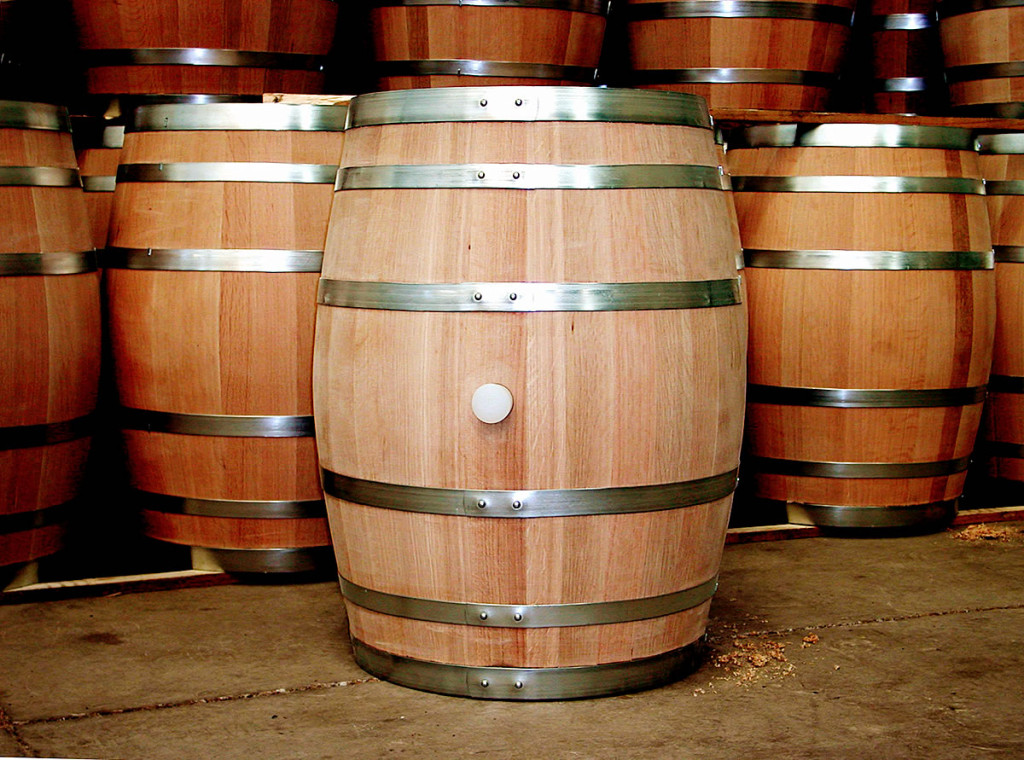
Almost all red wines do get at least some oak exposure, and the trend in the last 30 years has been to over-oak lesser wines to increase their price-point and saleability. This is because oak is such an immensely useful tool. It’s often used in a knee-jerk way, both to bring out the character of wine (élevage) to cover flaws (cheating), to add a bit of glamour and sophistication to an otherwise undistinguished vintage (lipstick on a pig), and sometimes, just because ‘that’s the way it’s always been done’ (mechanical winemaking).
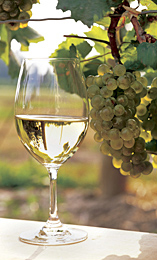
A happy reversal of this state of affairs has come from one of the usual suspects: Chardonnay. Easy to grow, cropping well, and relatively simple to make into drinkable wine, Chardonnay became a target for Oak Abusers in the 1980’s. Like many terrible things, it was caused by Australians. They found that the more oak they added to their heavy, hot-climate Chardonnay wines, the better they sold. A little math showed them that barrels were too expensive for polishing wine in a plonk price category, so they tended to use granulated oak products—by the shovel full. Throw in more serious wines (many from California) that used barrels like a weapon, and you had a bunch of expensive Chardonnays that were thick, viscous, creamy and woody.
More recently, ‘unwooded’ Chardonnays have shown up. Some are still in the cheap and cheerful category (under $7 in most places) but others have more serious aspirations—Kendall Jackson, makers of one of the most popular and oaky Chardonnays in America have started making an unoaked version, and the tricksiest and most clever winemakers in the New World have discovered that slightly less over-ripe grapes and no oak can not only make a better wine, one more like an old-world white Burgundy, but also that leaving off a brand new barrel means they’re much cheaper to make—and sell.
Oak isn’t the answer to every winemaking question, and to understand the complexity of the varietal character the grape can bring to a finished wine it can be very useful to taste it without any oak at all. What will happen if we peel back the layers of wood and reveal the form of the wine underneath? To figure that out, it’s important to know what oak actually does. As the man once said, if you want to break the rules, you first have to know them.
Why Oak At All?
People have enhanced aromas and flavoured wine with various things over the years, from herbs, fruits and honey to pine resin, seawater and lead-based syrup (yes, really), but in the very beginning, oak was never intended as a flavouring agent. It was a container.
Although coopers were making water-tight wooden buckets nearly five thousand years ago, these were all open-topped and wouldn’t seal airtight or stack well. Around 900 BCE technologies improved, and fully-closed, airtight barrels were available to store not only liquids, but also anything that had to be shipped—barrels are impressively light and strong, stack well, and are easy to move and handle, and keep things in good condition.
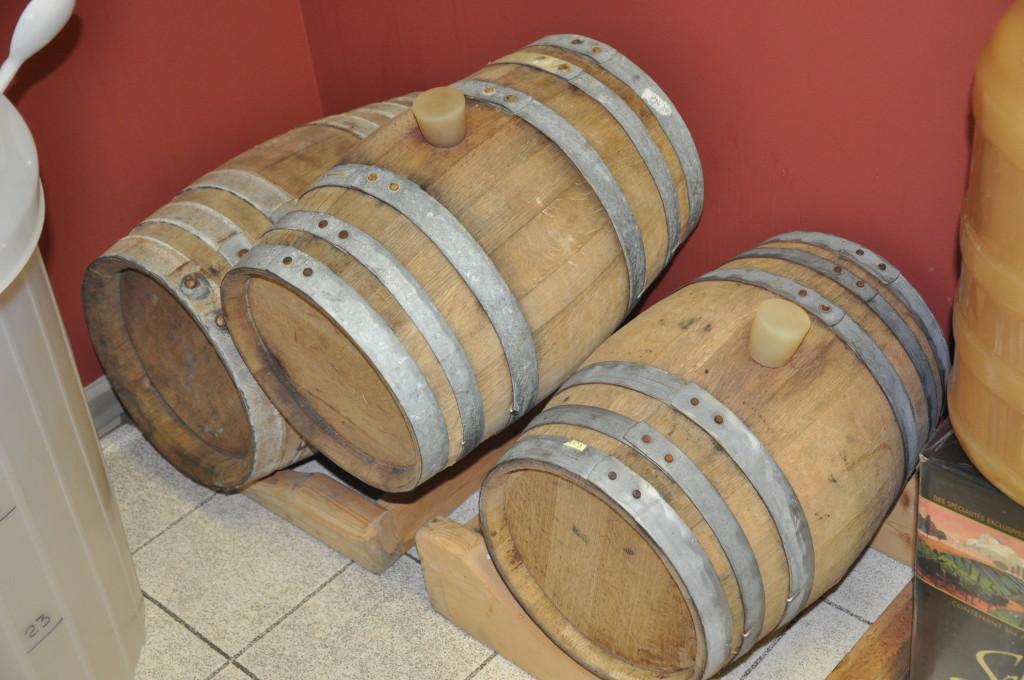
It was probably the very first person who kept wine in a barrel for any length of time who noted the amazing changes the liquid inside underwent: wines kept this way would become rich, complex and more flavourful than wines in clay containers (and way less ‘organic’ than wines kept in animal skins!)
Part of this is due to small amounts of oxygen that get introduced into the wine through barrel handling: racking from barrels and topping up (to keep the airspace in the barrel to a minimum, preventing serious oxidation). More importantly from a gross flavour perspective, toasted oak has many complex chemical compounds, each contributing flavours or textural note to wines.
Most familiar of these are vanillins: phenols in the wood interact with the wine to produce sweet, toasty aromas of honey and tobacco, often described as ‘vanilla’. Barrels also have their own tannins, just as grapes do. Not only do they contribute to astringency, mouthfeel and structural complexity, some of them help protect the maturing wine from oxidation.
Aside from the flavour and aroma of fresh-roasted vanilla bookcase, oak also helps decrease ‘green’ or tart young flavours in wine. Oak is like fine-grit sandpaper to a rough surface, levelling unevenness, taking off burrs, and giving a smooth, lustrous finish to a previously lumpy and scratchy wine.
Why and How to Not-Oak Your Wine Kit
Kit manufacturers are already producing kits that declare their wood-free status, all of which are currently Chardonnays. This is a response to the change in the commercial market, which they track very closely. As the man said, if you would plant a seed, follow the plough; you do not walk ahead of it.
If you’d like to try other varietals au naturel, you first need to consider the way wine kits use subtle procedures to achieve commercial character. Many kits require you to add oak directly into the must, before pitching yeast. This might seem a bit odd to non-winemakers, as pre-fermentation new oak is commonly only emphasised in commercial wine in regards to barrel-fermented Sauvignon Blanc, or Chardonnay. It isn’t unique to kits and kit manufacturers didn’t invent this technique. Like many great ideas, they stole it.
40 or 50 years ago, before stainless steel was ubiquitous, wines were mostly fermented much as they had been for centuries, in wooden vessels. Because of the difficulty (real or perceived) of sanitising wooden fermenters, winemakers who could afford to, adopted stainless steel as soon as they could, reaping the added benefit of much simpler temperature control in the bargain.
This changed in the last 20 years, as some commercial winemakers came to feel that wines fermented to dryness in stainless steel had less harmonious fruit character and seemed less complex even after barrel ageing. This is because during fermentation yeast modifies oak characters, sequestering some of the sharper tannins, making the wine easier to drink much earlier, and interactions between wood and wine during fermentation generates furfural compounds, which promote a coffee/tobacco note.
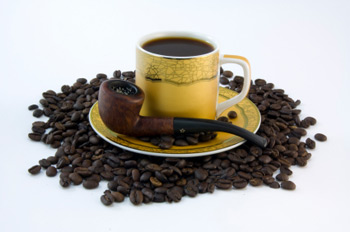
Of course, there are some issues with barrel fermenting red wine: it’s only suited to small lots (if you’ve ever done a red wine from grapes, imagine getting a hundred tons of grapes into and out of your barrels—wow!) and there are difficulties controlling temperature inside the barrels. Fortunately, oak-products are there to rescue the situation: chips, chunks, powders, staves, spirals and beans are used to get oak into wine without having to get the wine into wood, giving the same positive benefits at a much lower cost. They can be added directly to fermenting musts, even before the yeast, and clean-up is a breeze—they go out with the compost.
Post-fermentation oak has a more direct transfer of wood character, but it has the same outcome: a layer of character on top of the fruit that helps harmonise and smooth the flavour and aroma of the wine and promotes earlier drinking.
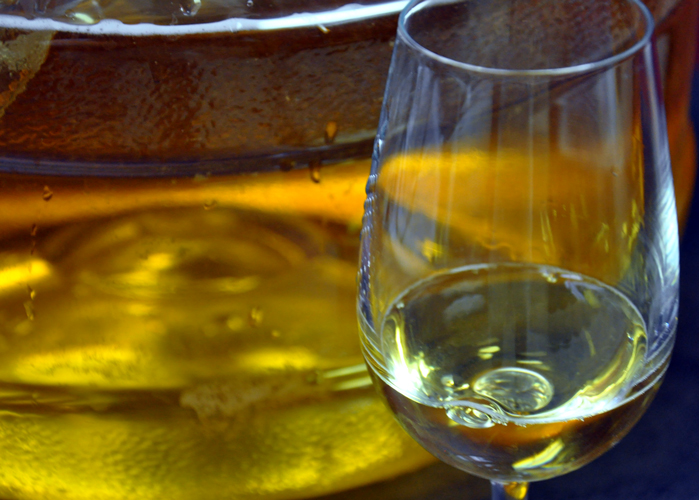
Summing up: without oak your wine will have disjointed fruit character, less mouthfeel, lower complexity, won’t have any notes of spice, vanilla, coffee, or tobacco and will need longer aging before you can drink it—sounds like a winner, doesn’t it? That assessment is only from the point of view of someone who is already oak-positive; a real fruit-head/oak-negative type is more likely to view it as ‘truer varietal fruit, cleaner flavour profile, a finish free of extraneous wood character, and a wine that rewards aging’, which sounds like a lot more fun, and worth taking a swing at.
Which Wine?
You can de-wood any kit you like—any wine your favorite kit producer oaks can be unoaked, from aromatic whites, big reds and little, and anything in between. You’ll have a completely different flavour experience, but there are a couple of things to keep in mind. First, many reds achieve balance between in fruit character with the help of wood tannins. In the absence of those tannins the fruit that shines through might seem very aggressive—what’s called a fruit bomb. On the other hand, since oak can give sweet, vanilla notes the fruit could be in more balance because the acidity of the red will be easier to perceive in the absence of wood.
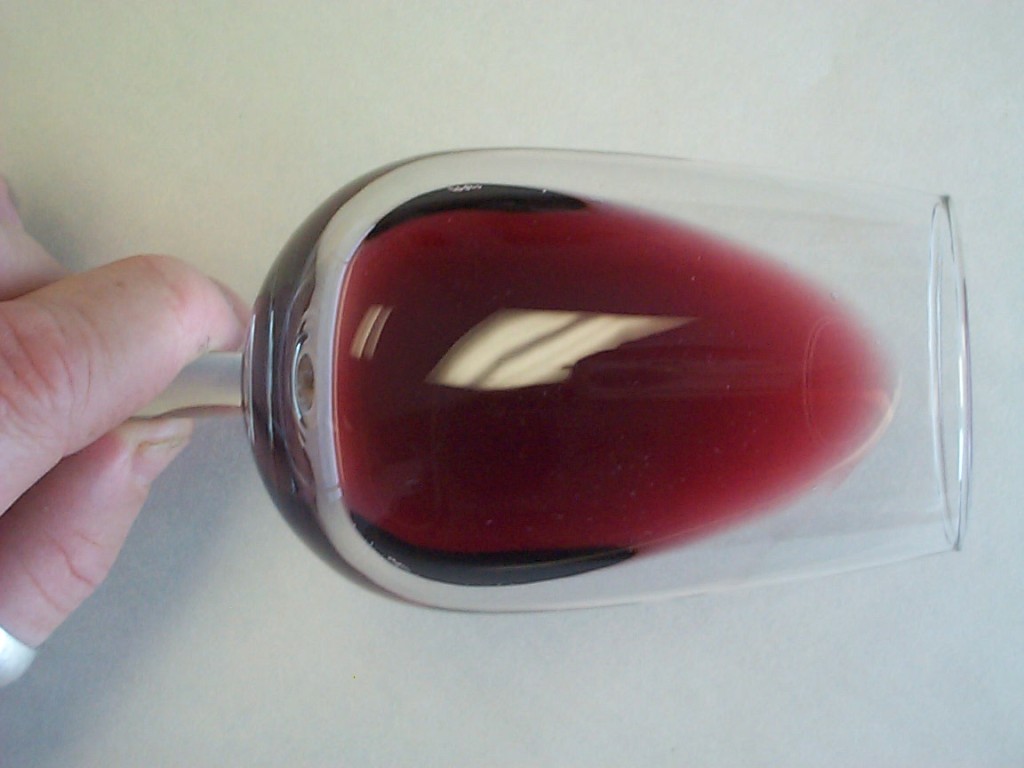
Second, unoaked wine does require more age to come to drinkability. Without the creamy schmear of buttery wood to smooth out aromas and acid, fruit, tannins, alcohol, and any residual sugar, the wine will seem disjointed and jangled long after an oaky version has knit together. How long? Depends on too many factors to judge, but it’s likely to be 9 to 12 months before it stops being darty and nervous and comes to drinkability.
But when it does turn that corner you’ll be drinking something very different and special: clean and unvarnished varietal fruit, harmonised only by the character the grapes brought to it, the soil it was grown in—and your hand as a winemaker.

Great read! I haven’t done a kit in a while, I’ve been doing fruit wines. I wonder how a stags leap or old vines would stand up to removing oak? I’d be interested in trying it with a tempernillo or a rich merlot.
Stag’s Leap or Old Vine Zin would come off as extremely fruity and rounded without oak. If you want to go that way you probably want to get some post-fermentation tannin (such as Scott Extra Riche) to adjust the wine when it was ready for bottling, just to sharpen the finish without making the wine woody and vanilla-y.
Tempranillo is an excellent choice for unoaked winemaking, since many Spanish wines (like Rioja) are fermented in casks so old that the oak character is basically gone. Whichever Merlot you choose, keep that tannin Riche handy: wines made from kits that contain lots of oak usually rely on it for part of their structure, and can seem flabby without judicious adjustment. Fortunately, you can do bench trials and let your taste be your guide.
Tim
This is good news for me – I’ve always avoided Chardonnays as I don’t like the heavily-oaked flavor, but I have tried a few unoaked wines that I’ve really enjoyed.
Bringing new insight to the phrase, ‘Don’t go into the woods’!
Tim